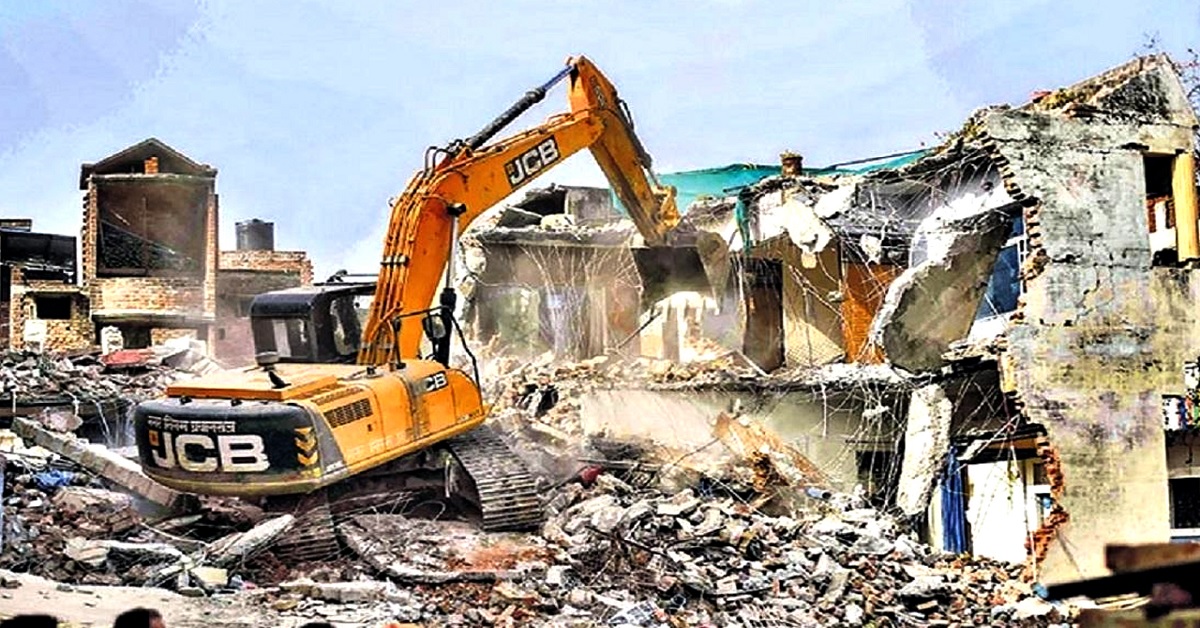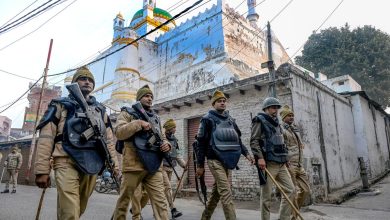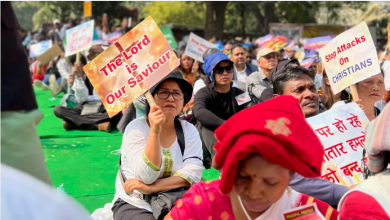New report reveals alarming surge in demolitions and displacement in India

New Delhi: As India has witnessed a troubling surge in forced evictions under PM Modi’s government, with marginalized communities, particularly Muslims, bearing the brunt, a recent report highlights a dramatic increase in demolitions and displacement over the past two years.
According to Kashmir Media Service, the New Delhi-based Housing and Land Rights Network (HLRN) in its latest report titled “Forced Evictions in India: 2022 & 2023” said that the scale of the crisis has reached unprecedented levels. Over the past two years, more than 1.5 lakh homes have been demolished and approximately 7.4 lakh people forcibly evicted.
The report, the sixth in a series tracking this issue, reveals a sharp escalation in 2023. The year saw 515,752 people displaced and 107,449 homes demolished, a stark rise compared to 2022’s figures of 46,371 demolished homes and 222,686 displaced individuals. The pace of demolitions in 2023 averaged 294 homes per day, with 58 people evicted every hour.
A significant finding is the disproportionate impact on marginalized groups. Nearly 31% of those displaced belong to historically marginalized communities, including Scheduled Castes, Scheduled Tribes, and Other Backward Classes.
Delhi stands out as the most severely affected region, recording 78 incidents of forced evictions between 2022 and 2023. In 2023 alone, Delhi authorities evicted approximately 280,000 people—the highest number recorded in any Indian location.
In response to these alarming trends, HLRN has issued several urgent recommendations. The organization calls for an immediate halt to all evictions until proper procedures are followed and alternative housing solutions are provided. They also urge adherence to legal processes and the prohibition of punitive demolitions targeting vulnerable populations. HLRN emphasizes the need for immediate government action to address these severe human rights violations and to implement fair and humane policies for affected communities.








